SAM (Software Asset Management) is the practice of managing, controlling, and optimizing software use within a company, ensuring compliance, cost reduction, and operational efficiency. This article explores the top 8 reasons to implement SAM in your company, showing how it helps optimize resources, reduce legal risks, and improve IT performance.
What is SAM?
THE Software Asset Management or “Software Asset Management SAM” was little known in our country and many IT professionals confused it with Software Asset Management and software vendor auditing.
However, the CIO.com Channel shows that the SAM helps companies reduce software audit risks, improve IT asset lifecycles, and reduce information technology costs.
8 Strategic Reasons to Implement SAM
1. Good corporate governance
An effective SAM plan starts with three pillars:
- Software inventory
- Risk identification
- Impact mitigation (risk management)
Thus, by centralizing information and standardizing processes, SAM helps prevent audit risks and promotes transparency in asset management.
2. Reduce or eliminate software waste
With SAM, you only buy what you really need. This is because it identifies overlapping or redundant software, unused licenses, and unnecessary maintenance costs.
In this way, constant reconciliation of software usage reveals inefficiencies and frees up budget for strategic investments.
3. Save with volume licensing
SAM provides visibility into which licenses your company actually uses, allowing you to negotiate better terms with vendors. This allows you to choose between individual licensing (per device) or volume licensing (more cost-effective and flexible).
Additionally, tools like Discovery Tools and SAM Tools also assist in this process, providing real license optimization.
4. Control of goals and indicators
SAM improves license control and compliance by aligning with international standards such as ISO/IEC 19770 and ITIL (Information Technology Infrastructure Library). This ensures traceability, compliance, and governance throughout the asset lifecycle.
5. Greater team satisfaction and productivity
With software that's always up-to-date and working properly, IT and business teams work more efficiently. This means fewer errors, more motivation, and faster processes, all of which are a huge benefit for businesses.
6. More efficient operations and support
It enables automation of operational processes (operations management) and standardization of licensing, reducing complexity and improving technical support. Furthermore, it ensures security, preventing the use of pirated software and strengthening the integrity of corporate systems.
7. Strategic value for the business
SAM implementation increases business value by making the organization more agile, flexible, and prepared for change. This leads to faster, data-driven decisions, improved operational efficiency, and better allocation of technological resources.
8. Planned and sustainable growth
It provides predictive insight into future software needs, enabling planned growth. Instead of purchasing unnecessary licenses, you can plan based on actual usage, balancing investment with demand.
Read also:
SAM Maturity: Entamend your corporation's valuation
Software Asset Management – SAM
Top SAM Platforms: Meet ServiceNow
ServiceNow has been investing heavily in its Software Asset Management platform and, therefore, in 2021 it can already be considered one of the main Software Asset Management platforms in the world market, especially after the release of Release Roma.
Benefits of SAM
In summary, learn about the main benefits of implementing SAM in your company:
- Savings with smart licensing
- Standardized governance and compliance
- Audit risk reduction
- IT process automation
- Decision making based on real data
Assess SAM maturity
The SAM Maturity Assessment provides organizations with a clear overview of their software asset management status, enabling them to identify opportunities for improvement and define next steps. The maturity journey ranges from license compliance, through structured ITAM, cost and resource optimization, to digital technology governance, where ITAM moves beyond being merely an IT control to become a strategic business enabler, supporting security, innovation, and efficiency across the organization.
What are the SAM maturity levels?
Without a doubt, your first step in IT asset management is to determine your current SAM maturity. Below you can see the ITAM/SAM Maturity Curve produced by Snow Software. The descriptions below will help you map and understand where you are in your SAM journey, so you can have a clear vision of where you are and what the next step is.
-
License compliance and software audits
This is a reactive phase and ITAM's approach is risk-based. In most cases, audits are the main factor.
-
structured ITAM
Your ITAM already has governance, accountability, sponsorship, stakeholder engagement, key processes and responsibilities mapped out with people and tools to support most technology assets.
-
Cost optimization
Here, waste is identified and actions are implemented to optimize costs. In other words, recycling activities are underway, and data is being shared with purchasing. Insights directly inform your processes.
-
Resource optimization
ITAM shifts from a cost-based view of technology assets to a value-based approach. Assets are now managed based on the value generated by the business processes they support and the information they contain and communicate.
-
Digital technology governance
When you get to the top of the ITAM maturity curve, you won't see an IT-focused discipline, but a business enabler. At this stage, you will have access to established analytics and reporting, ongoing monitoring, support for related activities such as cybersecurity, governance and risk, business user self-service, and engagement across the C-suite. ITAM is focused on business priorities, supporting growth, innovation and efficiency across the organization, not just IT.
Where to start SAM maturity
To advance SAM maturity, the first step is to gain complete visibility into IT assets, including software, hardware, mobile devices, and the cloud, understanding what is installed, used by whom, and for what purpose. This allows you to identify waste, reallocate unused licenses, reduce unnecessary costs, and prepare for audits. SAM, therefore, helps both cut costs and invest strategically in digital transformation, ensuring efficiency and control over IT resources.
FAQ – Frequently Asked Questions about SAM
1. What is SAM (Software Asset Management)?
It is the process of controlling and optimizing software throughout the organization, ensuring compliance and cost reduction.
2. What is the main objective of SAM?
Avoiding waste, reducing audit risks, and maximizing the value of software investments are essential for effective IT asset management within a company.
3. Are SAM and ITAM the same thing?
No. ITAM (IT Asset Management) is broader, including both hardware and software; SAM focuses only on software assets.
4. How does SAM contribute to IT security?
Ensures the use of legitimate software and prevents breaches caused by unlicensed applications.
5. Is SAM mandatory for companies?
It is not mandatory, but it is highly recommended to meet compliance standards and corporate audits.
Optimize your software management with SAM
Do you want to implement or improve SAM in your company?
4MATT offers expert ServiceNow SAM consulting, helping you reduce costs, ensure compliance, and automate software governance. Talk to one of our experts and be ready for SAM maturity.



